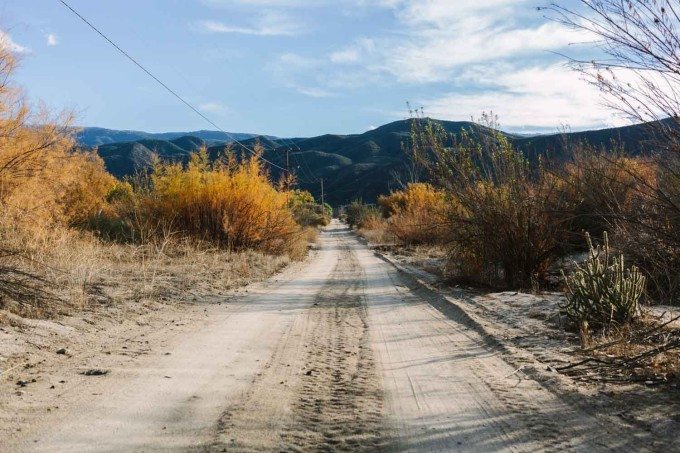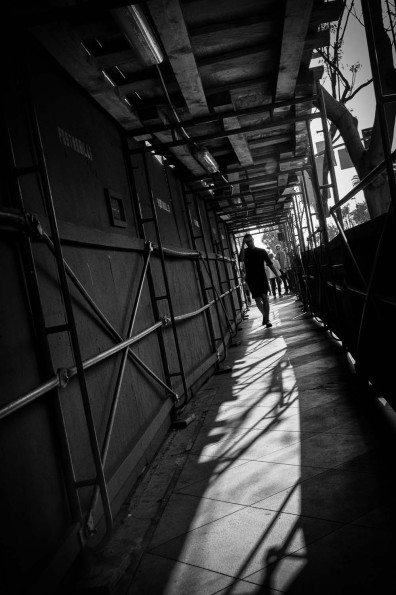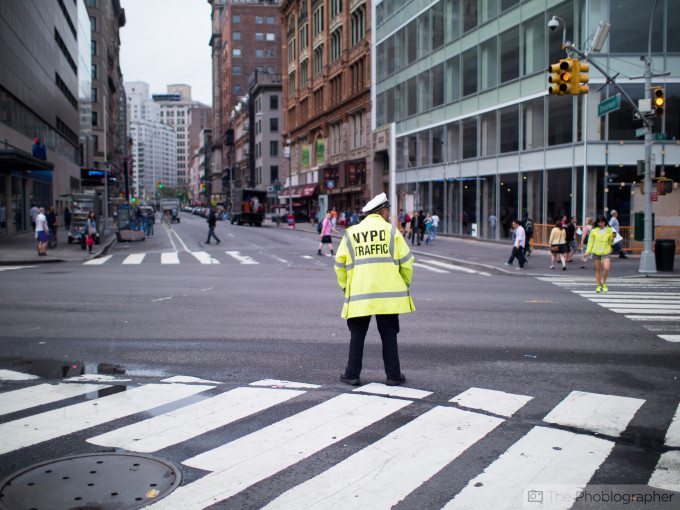Last Updated on 01/11/2016 by Chris Gampat

Have you ever gone to shoot, pre-select a focusing point based on the rule of thirds, and never change it? Instead, you end up shooting everything centering (so to speak) around that point. It’s common: and if you’re shooting purely for just yourself and your pure enjoyment then I guess it’s okay since you’re sincerely also not trying or caring about your work being published. But if you’re trying to create a more refined portfolio, it’s a pretty big problem.
More specifically, it’s a bigger problem when an editor looks at your images and doesn’t even need to move their eyes around the scene to tell that you really just stick to one compositional point.

Here’s why this is a problem: after a while, all of your images tend to look very similar. If all I’m consistently looking at is one spot, then what you’re telling me is that nothing else in that image could possibly be important enough that you didn’t at all have to find a new way to compose or focus on. Of course, there are other methods and tricks involved here: such as depth of field (bokeh), lighting, contrast, etc. All of those methods can help in some way or another: but in the end they’re really just crutches.
A good way to get out of this is to try to change your composition point every couple of minutes if you sincerely don’t have the time to do it for every photo. I completely understand how it isn’t possible for party photographers, photojournalists and wedding shooters. Sometimes the action is just going so quickly that you can’t–but at the same time that isn’t a good reason why 200 images need to all be focusing on the same point. It also starts to hurt you as you go through all of your images and cull the best from all the others. It’s much more common amongst those starting out, though it can surely be something that more advanced photographers fall into as well.
Without trying to be really harsh, it threatens to make your work monotonous stricty from a compositional point of though–though I entirely understand that other factors may play a part such as lines, curves, etc in the scene.
Many of the older professionals tend to choose the center focusing point, recompose, and shoot. That works because you’re not really keeping things in the same focusing point though they could be in the same area. For Sony cameras that track moving subjects through the frame (Panasonic, Olympus and others do this too) it’s a pretty good tactic to use providing it won’t get in the way of you creating the work that you need to.
One other good way is try something that photographers used to do years ago: center their subject. Though it’s frowned upon, there is absolutely nothing wrong with occasionally placing your subject in the center if it works visually. This is a tactic often used in documentary work and portraiture.


